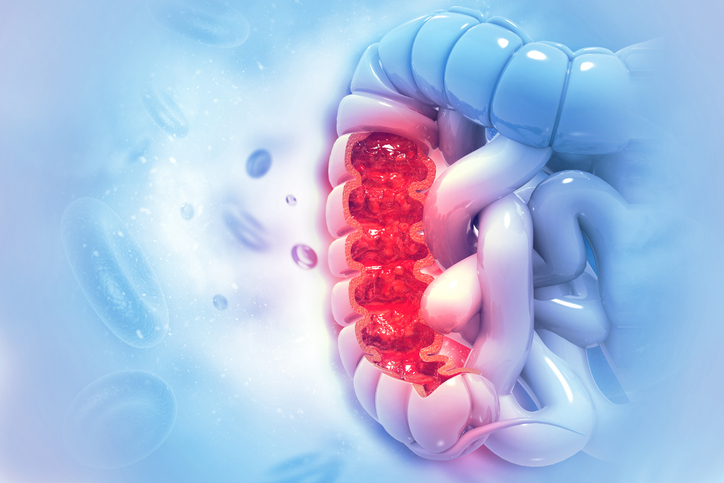
At Penn Medicine, a chimeric antigen receptor (CAR) T-cell therapy has been developed that can kill tumor cells in mouse models of neuroendocrine tumors (NETs) and gastrointestinal cancers (GICs) with no obvious toxicity or off target effects.
Chimeric antigen receptor (CAR) therapies have shown that they can take on blood cancers, that is, leukemias and lymphomas. Solid tumors are another matter. Indeed, solid tumors such as NETs and GICs have been able to resist CAR therapies. But this research suggests that may be changing.
The selectiveness of the CAR T cells is a little surprising. After all, the CAR T cells target a tumor-associated antigen, CDH17, that is present on both cancer cells and healthy epithelial cells. To account for this selectiveness, Penn Medicine researchers noted that in healthy epithelial tissue, CDH17 is localized only at the tight junction between cells. And so, in healthy epithelial cells, CDH17 is effectively shielded from the CAR T cells.
The findings appeared in the journal Nature Cancer.
“VHH1-CAR T cells (CDH17CARTs) killed both human and mouse tumor cells in a CDH17-dependent manner,” the article’s authors wrote. “CDH17CARTs eradicated CDH17-expressing NETs and gastric, pancreatic, and colorectal cancers in either tumor xenograft or autochthonous mouse models.”
The results from this study, the first to target CDH17 in neuroendocrine tumors, suggest a new class of tumor-associated antigens accessible to CAR T cells in tumors but sequestered from CAR T cells in healthy tissues.
In humans as well as in mice, CDH17 is mainly expressed in the intestinal system, that is, in normal intestinal epithelial cells. In the mouse studies, however, the CDH17CAR T cells did not attack the normal cells, likely because the CAR T cells cannot reach or bind to healthy tissue in the tight junction between normal intestine epithelial cells.
“Our work demonstrates that CDH17CAR T cells can eliminate solid tumors like NETs and GICs, but do not damage healthy, normal tissues that also express CDH17, because CDH17 is sequestered and hidden between the normal cells,” said Xianxin Hua, MD, PhD, the Nature Cancer article’s senior author and a professor in the department of cancer biology in the Abramson Family Cancer Research Institute at Penn. “This opens avenues to explore a new class of tumor antigens that are also expressed in normal cells but protected by the CAR T-cell attack and is hopefully another important step in developing safer immunotherapies for solid tumors.”
GICs and NETs are often fatal once they have spread. There are about five million new cases of GICs annually worldwide, underscoring the need for scientific and clinical advancements.
“Now that we have identified CDH17 as a promising new class target, we can take a multipronged approach to target CDH17 and launch a Phase I study to treat drug-resistant NETs and GICs,” said first author Zijie Feng, PhD, a research scientist in the department of cancer biology at Penn. “The CDH17 CAR T cells may be particularly suitable for patients with solid tumors, and these findings motivate additional investigation of CAR T cells that can be developed against previously written-off tumor-associated antigens.”






![AI Algorithm Could Reduce Breast Cancer Mammogram False Positive Rate The primary goal of the Paradigm Registry is to accelerate tumor profiling based on disease biology. [iStock/LilliDay]](https://www.insideprecisionmedicine.com/wp-content/uploads/2019/01/307-218x150.jpeg)






